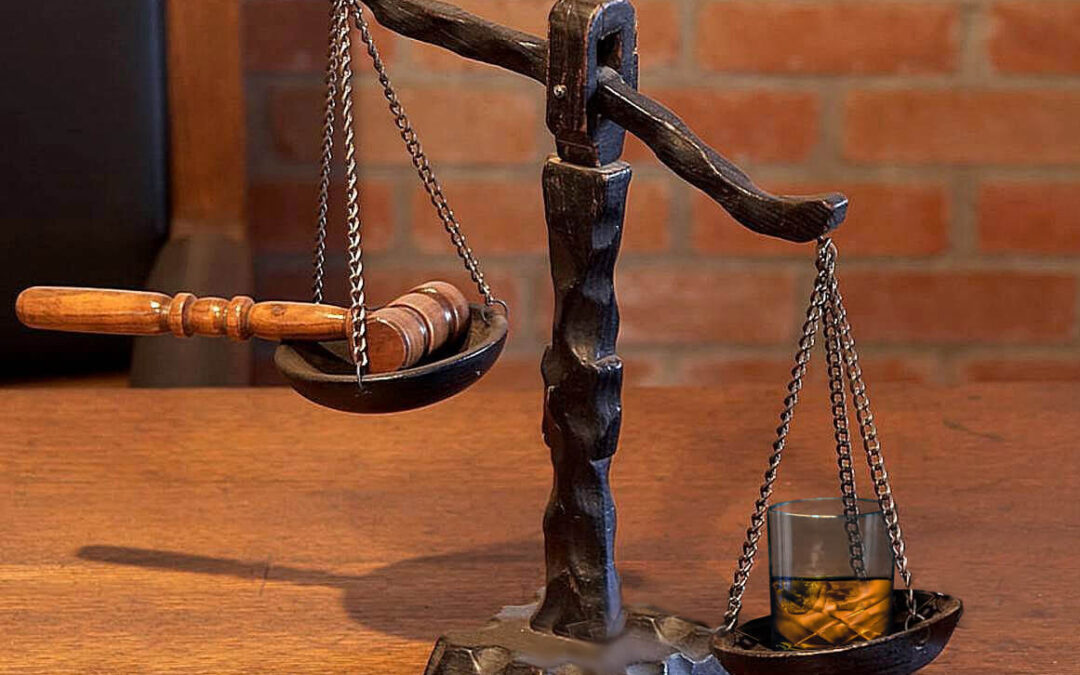By John W. Lee
After a long hard day at work I like to sit out on my deck and over look the woods and creek in my back yard. Oftentimes I will enjoy a glass of bourbon and a cigar at the end of the day.
As a self-described libertarian, I tend to be very suspect of government regulations (maybe a Blog post for another day), but sometimes I find myself in a crisis of conscience because the government regulation helps me in some small way. The other day as I swirled a nice 18 year old bourbon in my glass, I pondered just how many federal regulations were involved in the production and distribution of that fine drink.
Title 27 of the Code of Federal Regulations 5.22 (1) (i) describes how a bourbon must be created: “Bourbon whiskey”, “rye whiskey”, “wheat whiskey”, “malt whiskey”, or rye malt whiskey” is a whiskey produced at not exceeding 160 proof from fermented mash of not less than 51 percent , corn rye, what, malted barley or malted rye grain, respectively, and stored at not more than 125 proof in charred new oak containers; and also includes mixtures of such whiskies of the same type.”
The foregoing excerpt is one paragraph of this code section that goes on for 6 pages describing how a distiller may label his alcohol. If you walk into any legal establishment that sells bottled alcohol and purchase bourbon, legally it must meet the following criteria:
It must be distilled in the United States;
- It must be made from at least 51% corn;
- It must be aged in a new, white oak barrel;
- It must be distilled at no more than 160 proof;
- Barreled at no more than 125 proof;
- Bottled at 80 proof or more.
If any of the foregoing elements of these alcohol laws are not met, then it may not be sold in the United States of America as bourbon. If the product does not meet all of the elements, it may be sold as a “whiskey” or “grain spirits” if it meets the United States’ definition of those products. The Government goes on to define “Straight Bourbon whiskey” as bourbon that has been aged for at least 2 years.
The next time you go to the liquor store and pick up a bottle of bourbon you don’t have to wonder if the distiller is playing fast and loose with the labeling or ingredients, they must follow these standards or jeopardize running afoul of federal alcohol laws.
This may be considered Advertising Material.


